It is not possible to fly directly to Okinawa from Honolulu, so we flew first to Tokyo’s Haneda Airport for an overnight stay before the two-hour flight from Tokyo to Okinawa’s capital, Naha. Our plan was to spend a few days in Naha, to observe ordinary daily life and to explore the remnants of ancient Okinawan culture still being preserved in the Naha area. Then we would travel to the western coastal area to enjoy Okinawa’s natural beauty at the elegant Halekulani resort and end our adventure at the Okinawa Churaumi Aquarium and Ocean Expo Park.
Within a few days of our arrival in Okinawa, the similarities between Okinawa and Hawaii became more and more evident. Both are Pacific Ocean archipelagos with tropical climates and extensive areas of rainforest. Consequently, the natives of both areas rely heavily on the ocean for sustenance with diets that include plenty of fish, shellfish and seaweed supplemented by a generous supply of tropical fruit, rice, root vegetables such as taro and sweet potatoes and gourds, including bitter melon, squash, kabocha and pumpkin. Feral pigs live in both island chains, and pork plays a major role in the cuisines of both Hawaii and Okinawa, and ginger, which grows abundantly in both ecosystems, is used extensively to flavor fish, meat, vegetable dishes and desserts. Brown cane sugar and the ubiquitous Spam are ever popular in both cultures.
In addition to comparable ecosystems, we also learned that Okinawa and Hawaii have similar histories and cultural values. As residents of Hawaii, we are familiar with Hawaii’s history, but in Naha, the parallels between our home state and Okinawa became clear. Both were once independent monarchies with royal families, castles, palaces, sacred burial sites and imperial gardens. Okinawa was once the Ryukyu Kingdom, and the archipelago was referred to as the Ryukyu Islands, just as Hawaii was the Kingdom of the Hawaiian Islands with kings and queens of Hawaii. These two cultures had their own languages and ethical and religious practices in which women played highly respected roles. And ultimately, both cultures were conquered by their more powerful neighbors, who repressed and attempted to eliminate their languages and unique identities.
Japan now “owns” what was once the Ryukyu Kingdom, but as we observed contemporary life in Naha and the areas near Onna to the north, the people and culture seemed to differ from the rest of Japan. In fact, Okinawa began to remind us more of China than Japan. In exploring Naha’s ancient historic sites, we became aware that beginning in the 1300s, the Ryukyu Kingdom regularly sent diplomatic messengers to mainland China for cultural exchanges with the government officials of the Ming Dynasty. As a result, the architecture of ancient Okinawan Castles and burial places resembles the aesthetic values of China’s Ming period with red tiled roofs, massive wooden pillars elaborately decorated in primary colors and sculptural lion and dog-like guardian figures protecting the stone walls and gates of the wooden royal structures.
The influence of Chinese Confucian values is also evident in the emphasis, even in Okinawa today, of religious devotion to ancestors, respect for elders, and the importance of maintaining life-long family ties and personal friendships. This emphasis on the sacredness of personal relationships combined with a diet of approximately 90 percent whole-plant foods, is often cited as the primary reason for the astounding longevity of Okinawans.
The United Nations has designated nine areas in Okinawa as World Heritage Sites. We visited several of these places with our trusty and eminently knowledgeable local guide, Kumiko, and learned more about Okinawa’s fascinating history and the rise and fall of the Ryukyu Kingdom. Three of these sites which I found especially engaging were Shurijo Castle, The Royal Mausoleum, (Tama-U-Dun,) and the Shikinaen Royal Garden.
Shurijo Castle and the surrounding park in Naha is the shining jewel in Okinawa’s crown.
This World Heritage Site was constructed in the 1300s and was the largest wooden structure in the Ryukyu Kingdom. It was the home of the King and his family and also the seat of the Royal Government and the nexus of the network of religious rituals and ceremonies managed by female Priests throughout Okinawa. Built on a hilltop in the medieval Chinese architectural style, Shurijo Castle is protected by elegantly designed and decorated entrance gates and massive stone walls. An elaborate arrangement of gardens, temples, water sources, offices and housing for court officials circles the park area. Sadly, Shurijo Castle has been destroyed by fire and reconstructed three times during its long history.
The first fire occurred in 1709, and the castle was finally repaired in 1768. However, shortly after the Meiji Restoration in Japan when Emperor Meiji took control away from the Samurai families and ended Japan’s long history of isolationism, Shurijo Castle was surrendered to Japan and the Ryukyu Kingdom collapsed. In 1789, Okinawa became a prefecture of Japan.
The castle was destroyed a second time in 1945 during the Battle of Okinawa in the waning months of World War II when American, Australian and South Korean troops invaded the island and destroyed much of its infrastructure in a major defeat for the Japanese. As we know, America and her allies won the Second World War, and after Japan’s surrender, the US occupied Japan from 1945 to 1952; however, Okinawa was not returned to Japan until 1972, and America retains a military presence in Japan to this day. The slow process of restoring Shurijo Castle took place between 1957 and 1992.
Another devastating fire destroyed the Castle in 2019, and the reconstruction, which began in 2020, is ongoing. On the day we visited Shurijo Castle with our guide Kumiko, a typhoon was forming offshore, and we toured the Castle and park area in heavy rain. Somehow, the warm rain seemed to make the beauty of Okinawa’s luxurious tropical plants, birds and butterflies even more exquisite. Every garden we saw in Okinawa was filled with enormous orchids, red and white flowering ginger plants, birds of paradise with their orange and blue blossoms and big, busy butterflies. Even the spiders in their webs were lovely, covered with raindrops.
We were able to walk to the top of Shurijo Castle’s location and view all the surrounding buildings and gardens below. We were even able to view the reconstruction area through protective glass windows, but for safety reasons, we were not allowed to approach the ruins in their current condition.
Tama-U-Dun is another of Okinawa’s World heritage Sites and a National Treasure of Japan. Tama-U-Dun is the Royal Mausoleum of the second Sho Dynasty of the Ryukyu Kingdom. It is also in Naha near one of the entrances to Shurijo Castle and was constructed in 1501 on the orders of King Sho Shin, who wished to re-entomb the remains of his father, King Sho En and to provide a solemn and dignified burial place for future kings, queens and other members of the royal family. This expansive site is constructed primarily of local limestone in the Chinese-influenced style of Shurijo Castle, with sculptured Lion gate guardians, a large coral gravel courtyard, protective stone walls and stairways and a wooden roof. The ancient stone steps and walls are now covered with moss, creating a somber and reverent ambience. Like the Castle, Tama-U-Dun was extensively damaged in the Battle of Okinawa but has been restored to its original appearance.
My favorite of the three Okinawan World Heritage Sites we visited is the Shikinaen Royal Garden, a villa and garden constructed in the 1700s as a retreat for royal family members and guest house for visiting dignitaries from China. I am a garden lover, and the Shikinaen is one of the loveliest gardens I have ever seen. The traditional wooden “family home” is elevated by wooden stairs within a kaiyu-style garden, sometimes called a “strolling garden,” as its design is based on circulating pathways. Each turn in the path reveals a new and stunning view of various trees, flowers or water features intended to reveal the most beautiful elements of each of the four seasons. There are many kaiyu gardens in Japan, but the Shikinaen has a more Chinese appearance, as one of the primary features is the Rokkaku-do, or Hexagonal Hall, an open-air pavilion modeled on Chinese prototypes. This lovey “gazebo,” has a double roof, like a pagoda, with the top pointed roof providing deep sheltering eaves. The roofs are covered in Chinese-influenced black and white glazed tiles, highlighting the greenery behind the pavilion and the green willow tree beside it.
As a city that was essentially destroyed during the Battle of Okinawa, one of the bloodiest battles of World War II, Naha cannot boast of a large number of traditional buildings, temples or monuments other than the reconstructed World Heritage Sites I have just described, but before leaving Naha for more adventures in the coastal regions to the north, we visited the Okinawa Prefectural Museum of Art. Established just after the war, this museum of natural history and art moved into its current ultra-modern building in 2007. The museum’s collection includes over 100,000 artifacts in exhibits that focus on the sea and island life, nature, culture, and the history of Okinawa. We enjoyed our stroll through the museum, which was well organized, with the artifacts and displays clearly arranged in context to present the entire history of the Ryukyu Kingdom from paleolithic times to the present. It was at the Okinawa Prefectural Museum that we learned about Minatogawa Man, a human skeleton discovered in 1970 in a limestone quarry in southern Okinawa, considered the oldest human remains in East Asia, dated at 20,000 to 22,000 years before the Current Era.
Two trivia facts I learned during my visit to Naha are that both Easter Lilies and Karate originated in Okinawa. I also learned that the 7-11 Stores, located not just in Naha, but throughout Okinawa, are secret and cheap gourmet paradises that sell the freshest and most delicious egg salad sandwiches and loads of other yummy and quality snacks, including Okinawa’s famous Blue Seal Ice Cream. While in Naha, we also sampled some of Okinawa’s other favorite snacks: soba noodles, sweet potato doughnuts and bitter melon with scrambled eggs. And before heading off by taxi to the glorious Halekulani Resort, not far from the village of Onna, we spent one last day in Naha visiting shops that sell Okinawa’s most famous arts and crafts— brightly colored pottery in rustic styles, elegant red and black hand-crafted lacquerware, and exquisite scarves and clothing hand printed in delicate coral-shaped motifs. We got lost a few times on these unescorted adventures, due to our rusty Japanese language skills, but we made a charming discovery. The ancient Lion/Dog guardian sculptures at the gates of Shurijo Castle and other remnants of the great Ryukyu Kingdom are alive and well as garden decorations, porch statues, inexpensive pottery souvenirs and all-purpose gifts. In fact, the Lion Dogs of Okinawa seem to have become the identifying icons of this island prefecture.
After a taxi ride of more than an hour, with a soba stop along the way, we were delighted to arrive at the soothing, beautiful and welcoming Halekulani Resort, where we were warmly received by well-dressed and well-trained staff members, handing us refreshing pineapple-mango slushes as we rested in the elegant lobby before check-in. We knew what to expect, as we have been to the mother resort, The Halekulani Hotel on Honolulu’s Waikiki Beach, where we have stayed as guests, enjoyed the spa services yearly on our anniversary, and dined at all the restaurants at this intimate and relaxing little corner of paradise. However, we were startled to discover that the Halekulani Okinawa is more than twice as large as its parent in Honolulu. Halekulani Okinawa is clearly the go-to tropical getaway for well-heeled Japanese urban professionals and their families. The place was packed with young couples who were obviously on their honeymoons, but there were also many families with young children. I was charmed by the number of babies whose parents were taking them on a very upscale “Hawaiian” vacation. Orchids (Halekulani’s logo,) were everywhere throughout the resort, inside and out, and Hawaiian music was playing in the background. And there are Hawaiian food items on the menus of all four of the restaurants.
Halekulani Okinawa is sited on a hilly expanse of tropical rainforest that reaches down to a quiet and peaceful beach. Guests can rent Villas near the beach or rooms or suites in the Hotel above. There are several swimming pools throughout the property, including one for children. There are also cabanas, deck chairs and lounge chairs as well as fountains all around. Secluded pathways meander through the expansive gardens. On one of our walks in soft, gentle rain, we noticed a “Beware of Snakes” sign in English, another learning experience. Apparently, there are not just snakes, but poisonous snakes in Okinawa.
On our stroll we noticed that the grassy areas are monitored by cute little robot lawnmowers that look like tiny cars and have their own little docking stations to recharge when they are not at work. The gardens around the hotel are a loosely landscaped rainforest with palms, pines and large leafy trees filled with birds and butterflies. Flowering vines with blue blossoms also fill the garden along with a joyful abundance of tropical flowers—lilies, bougainvillea, white ginger, flame ginger, hibiscus, impatiens and birds of paradise.
During our short stay at Halekulani, we temporarily paused our self-assigned history lessons for a few days of shameless self-indulgence. This included more than one visit to the spa, starting with a heavenly ninety-minute full body massage with aromatic essential oils, a foot reflexology treatment and a scalp massage with excellent therapists in a private room where Wayne and I received our treatments on side-by-side tables. Halekulani’s Spa, like the rest of the resort, is a lovely healing oasis of serenity and calm. Upon arrival, we were greeted with a warm foot soak, and before we departed, we were served Japanese Green tea and a small scoop of soothing milk sorbet.
Our cultural and educational tour of Okinawa also included food, and we knew that some of the best food in Japan would be waiting for us at Halekulani, starting with breakfast. Wayne has enduring memories of the breakfasts he loved, growing up in Japan until he was eight years old. Every Japanese breakfast, humble or gourmet, begins with grilled fish (varied from day to day,) rice, miso soup, a rolled egg omelet and pickled vegetables. Traditional restaurants serve the gourmet version in which all the food is offered at the same time, usually on a tray, but each item is presented separately in a different bowl, plate or container selected specifically to harmonize with the color, texture and shape of the food item it contains. The person who is eating breakfast is free to eat the individual foods in any order he or she chooses or to move back and forth randomly, taking bites here and there.
Our first breakfast at Halekulani was at the Siroux, an Asian fusion restaurant that labels itself “innovative.” Our innovative breakfasts were both served in large natural wood bento boxes with small individual compartments for the various food items on the day’s menu. There were two additional rectangular wooden boxes for more food. Our breakfast began with fresh orange juice or grapefruit juice, and Japanese green tea and continued with white rice, miso soup, ume boshi (pickled plum,) natto (fermented soybeans,) grilled mackerel, tamago roll (Japanese-style rolled omelet,) pork belly (which as a vegetarian I did not eat,) and various sea weeds and pickles. Some Okinawan specialties were also included in the Japanese breakfast: sea grapes, a type of seaweed that resembles lovely glistening little green glass pearls on a stem, stir-fried slices of bitter melon with bits of scrambled egg, and excellent freshly made tofu with various sauces and toppings. We were also served slices of fresh local fruits, dragon fruit and oranges.
Another culinary highlight of our stay at Halekulani was a kaiseki dinner at AOMI, the resort’s gourmet Japanese restaurant. Kaiseki originated in Japan, and resembles a Japanese breakfast, except that the individual food items are intended to be eaten at dinner, and they are served one at a time chronologically in a leisurely sequence. The French concept of a “tasting meal,” is inspired by Japanese Kaiseki cuisine.
The first course, described on the menu as Peanuts/Caviar, was a delicious broth-based soup containing home-made tofu and peanuts topped with caviar. It was served in an exquisite black lacquer soup bowl with a bright red hibiscus on the lid. I will tell you that the third course, vaguely described as Three Kinds of Today’s Recommendation, was sashimi, (raw fish,) which was quite excellent, and I assume small pieces of the three best and freshest fish available that day. The final course was dessert, a small bowl of milk sorbet topped with a strawberry, another decorative bowl with something like panna cotta, which may have contained cream cheese and walnuts, and a tiny and colorful ceramic box containing a small slice of candied winter melon peel. There was also a miniature pitcher of brown sugar syrup to pour over the milk sorbet. The meal was one of the best Kaiseki meals of our lives so far, but I will leave the rest to your imaginations and trust that Wayne’s photographs will give you a sense of the exquisite umami and elegance of this astounding two-hour dinner.
While we were spoiling ourselves at Halekulani, we took another taxi ride north along the coast to the Okinawa Churaumi Aquarium and Ocean Expo Park on a peninsula not far from Motobu Town. This massive complex, opened in 2002, was built on the site of the International Ocean Expo held there in 1975. The primary attraction at the aquarium is the Kuroshio Sea, an enormous tank housing a huge whale shark, very large manta rays, yellowfin tuna, skipjack tuna, additional sharks, schools of smaller fish and an “entourage” of symbiotic fish who surround the whale shark and accompany him as he swims around the huge tank. In fact, Kuroshio Sea was the largest aquatic tank in the world until it was surpassed by the Georgia Aquarium in 2005. Since then, the aquarium in Singapore and the Chimelong Ocean Kingdom in China have created even larger tanks to house and display marine species.
When we arrived, the aquarium was packed with several groups of high school students in their uniforms, enjoying their field trip. While 11,000 different sea creatures are on display in various areas of the aquarium, everyone wanted to see the giant shark. There is even an amphitheater in front of one section of the tank where the crowds can watch the feeding frenzy when the creatures’ mealtimes occur. We watched for a while, and though the collection of large marine fish and other oceanic creatures was impressive, I could not help feeling that large though the tank is, it represents only a tiny fraction of the environment that a non-captive whale shark would inhabit.
This expansive complex also includes a manatee pool, a sea turtle pool, a dolphin lagoon with a theater for dolphin shows, as well as restaurants and gift shops. Wayne and I have both been uncomfortable for a long time at the prospect of using captive marine animals for human entertainment, so we chose to visit other areas of the Ocean Expo Park, The Ocean Culture Museum and Planetarium and the quietly lovely native Okinawan Village and Omoro Botanical Garden. Both places were essentially deserted, and we were free to wander as we wished. We found the museum to be an interesting and well-presented showcase illustrating the construction of early Polynesian canoes and highlighting local maritime culture, including the navigation and astronomy associated with historic ocean voyaging. The Native Village, set in a lush habitat of indigenous trees and flowers, provided an uncommercialized look at the architecture and design of a typical village in the era of the Ryukyu Kingdom.
Looking back at our time in Okinawa, I am astounded at how much we learned in the few days we spent in the former Ryukyu Kingdom and embarrassed by how ignorant we were about all things Okinawan. Our journey in Japan continued with more adventures in Tokyo, Narita and Kamakura focusing on flowers, food, temples and shrines. I look forward to sharing more Japanese food and fun in future blogs, but for now I am happy to share the recipe for a classic Okinawan dish from the culture with the healthiest cuisine on earth.
(Goya Champuru)
We zip over to Foodland Farms regularly for excellent locally grown produce, top quality poke and freshly made Asian deli items like salmon bento, sushi, fried chicken and an occasional Spam musubi for Wayne, the family carnivore.
While we were in Okinawa, we ate Goya Champuru on several occasions and really enjoyed it. Stir-fried bitter melon is often made with pork belly, but I am sharing Foodland’s vegetarian version. Don’t let the word “bitter” scare you. Okinawan style bitter melons have a mild flavor that will not disturb your palate. In this recipe, which includes mildly flavored tofu and eggs, the dish is seasoned with chicken or fish stock, soy sauce and bonito flakes. This delicious stir-fly can be eaten at breakfast, lunch or dinner and can be served as a side dish to heartier meals that include meat or fish. Goya Champuru is equally at home at everyday lunches or gourmet Kaiseki dinners. I would love to see one of the faithful readers of myteaplanner.com make Afternoon Tea Sandwiches on soft white bread, crusts removed of course, with a filling of Goya Champuru. You can call them Egg Salad Sandwiches if you must.
- 2 small bitter melons (or zucchini if you can’t possibly find bitter melon)
- 2 tablespoons salt
- 7 ounces extra firm tofu
- 1 tablespoon vegetable oil
- 1/3 cup chicken broth or packaged Japanese dashi, prepared as a broth
- 1 tablespoon soy sauce
- 2 extra-large eggs, lightly beaten
- ¼ cup bonito flakes (packaged fish flakes available in Asian markets)
Makes: 4 servings, (can be doubled for 8 servings)
- Cut each bitter melon in half lengthwise, and using a spoon, scrape out and discard the seeds and white pith. Slice the bitter melons crosswise into ¼ inch half moons and transfer to a medium sized bowl. Add 2 tablespoons of salt, toss until evenly combined, and let stand for 20 minutes.
- Squeeze the bitter melon to release as much liquid as possible, then transfer to a colander and rinse thoroughly under cold running water. Squeeze again to drain any remaining liquid and pat dry with paper towels. Dry the tofu with paper towels, trying to remove as much liquid as possible. Using your hands, crumble the tofu into 1-inch pieces into a large bowl.
- In a 12-inch skillet, heat the oil over high heat. Add the prepared bitter melon and cook, undisturbed, for 5 minutes, allowing the melon to caramelize. Add the tofu along with the broth or dashi and soy sauce and cook until the liquid has almost completely evaporated, about 1 minute.
- Add the beaten eggs and cook stirring with a rubber spatula to break up the chunks until the eggs are just cooked. Remove the skillet from the heat and place the mixture into a serving bowl or platter. Sprinkle with bonito flakes and serve immediately. Refrigerate any leftovers and eat them for breakfast.





































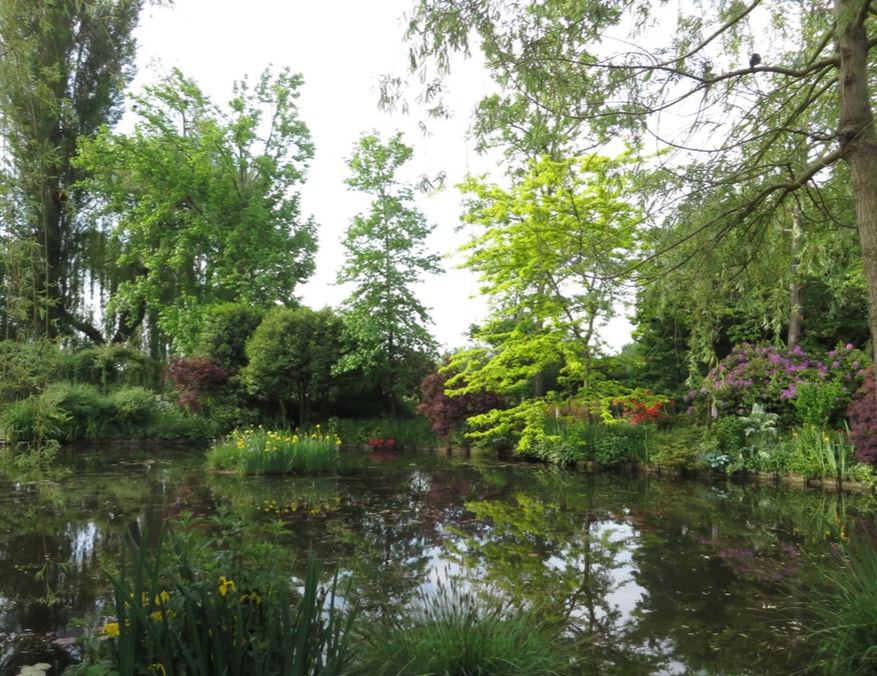





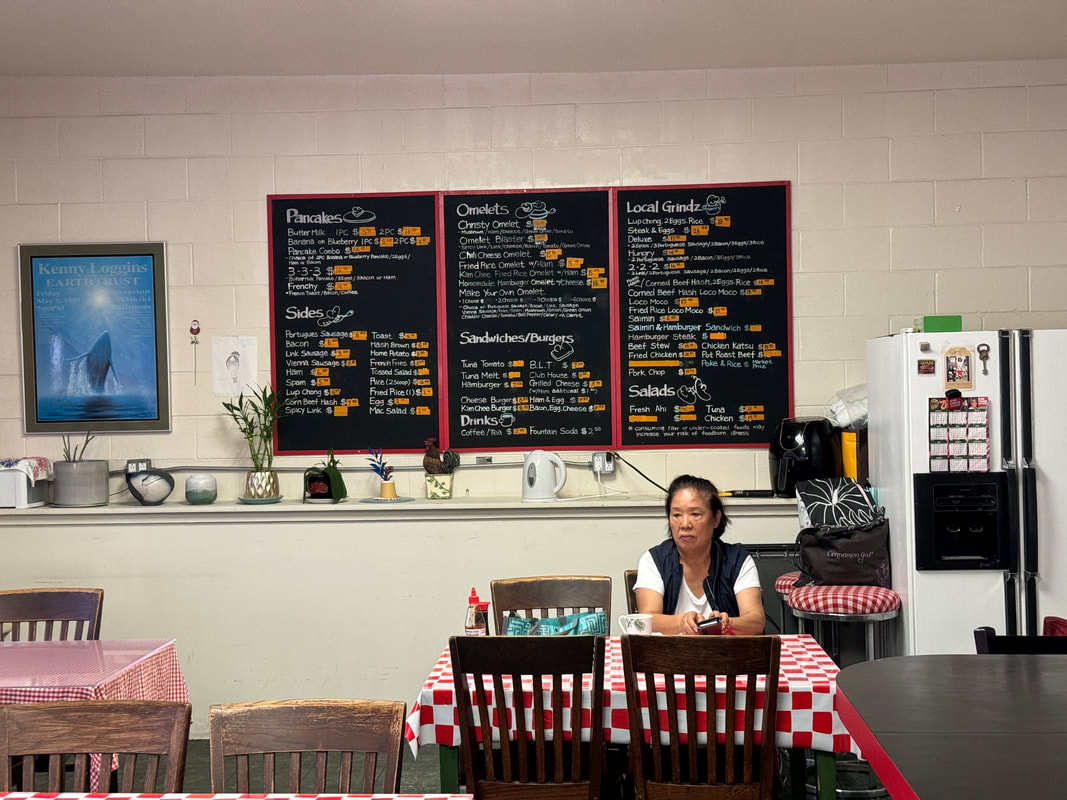

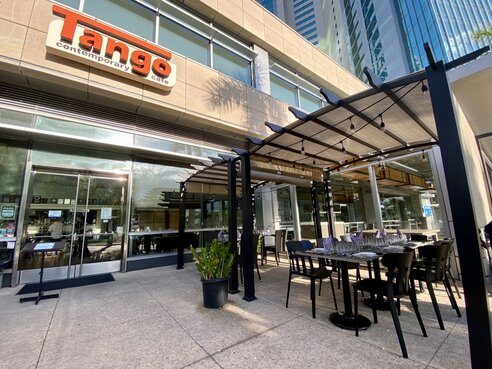

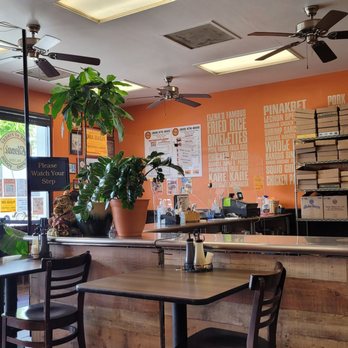


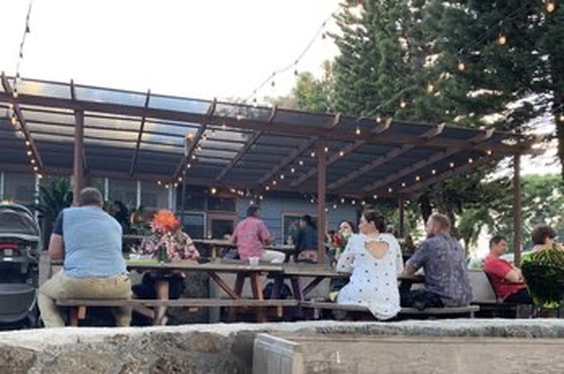

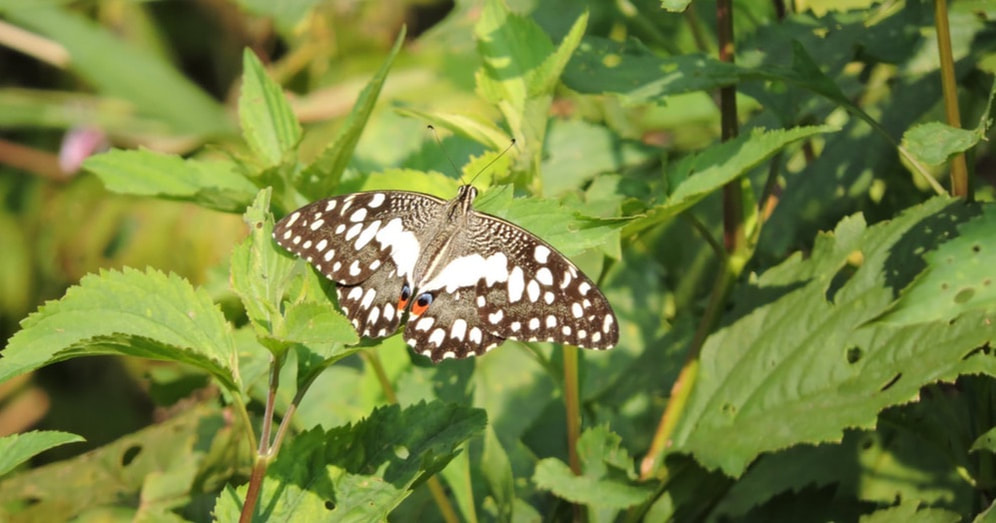

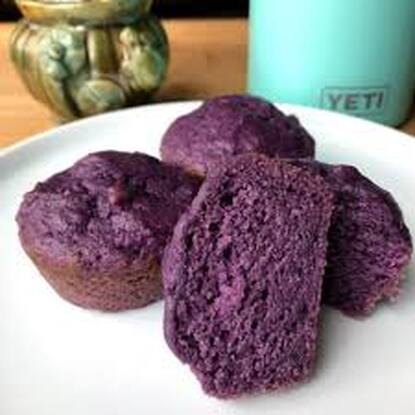
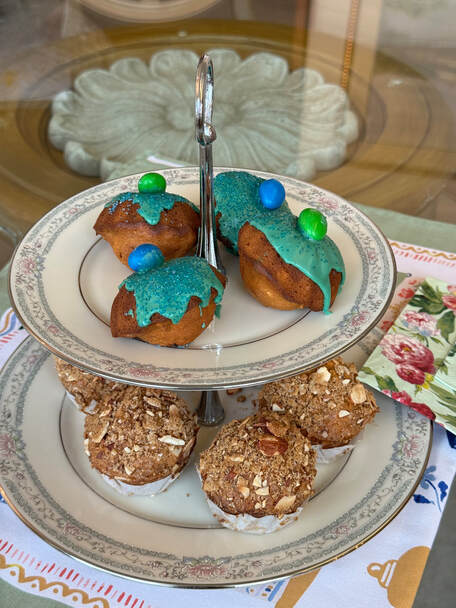
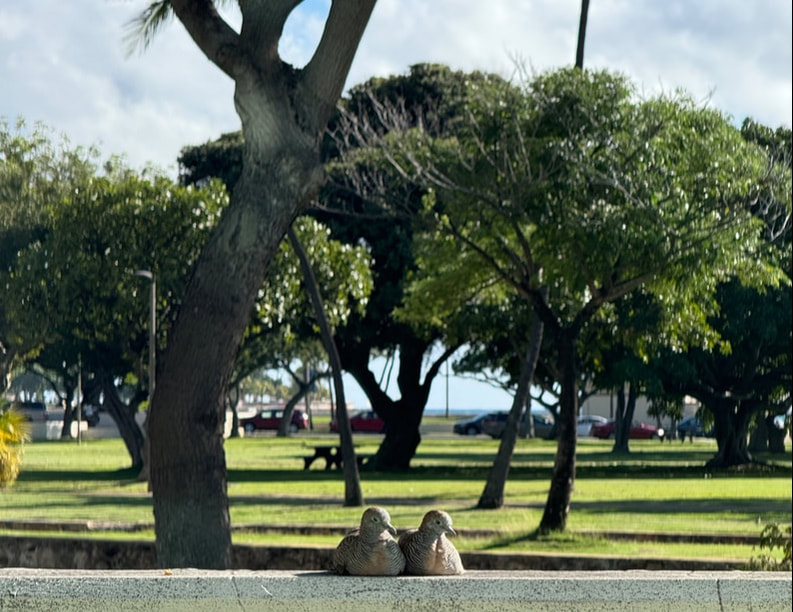


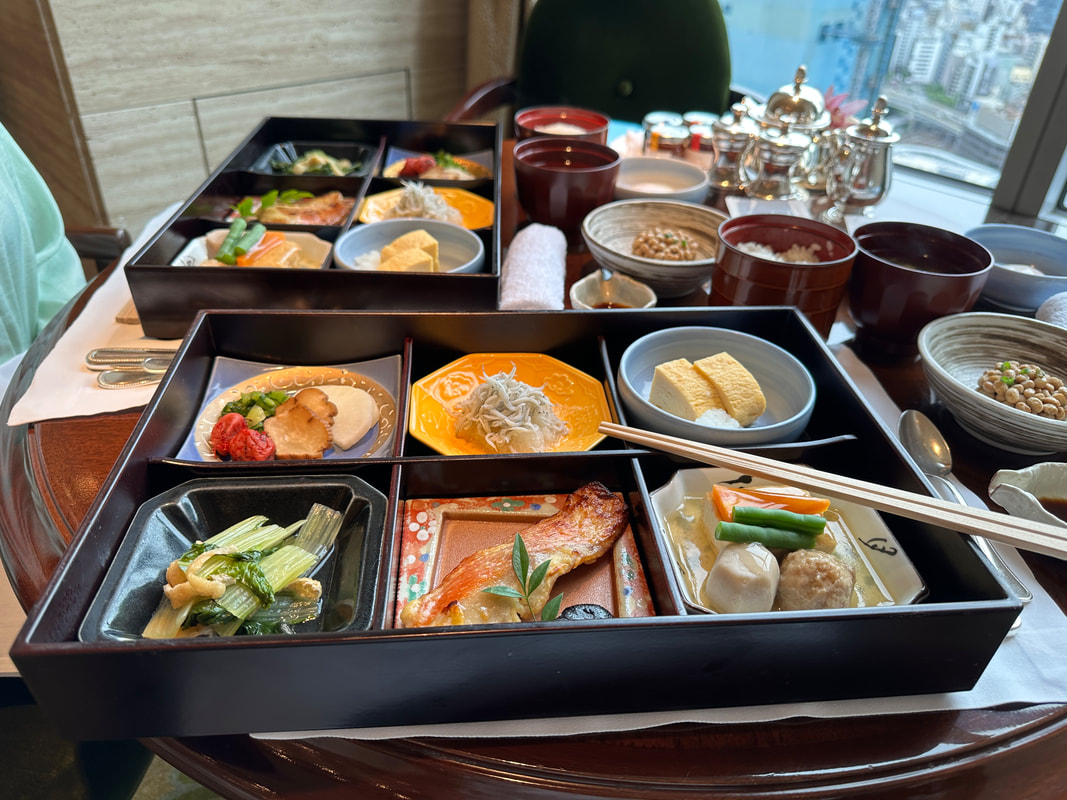
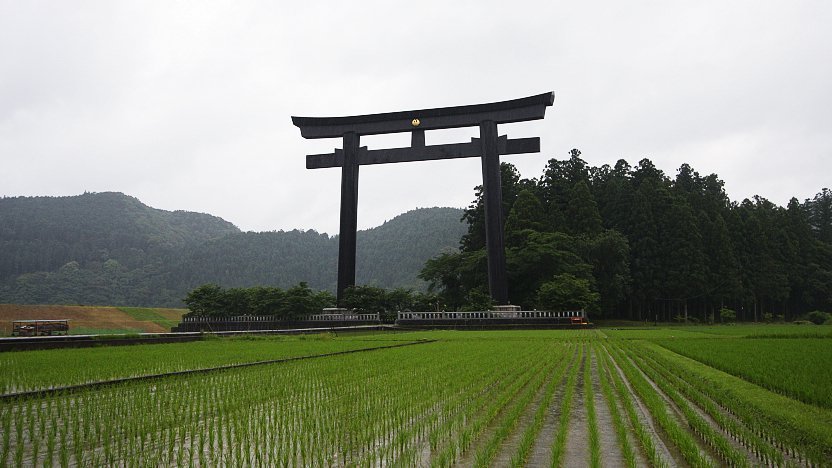
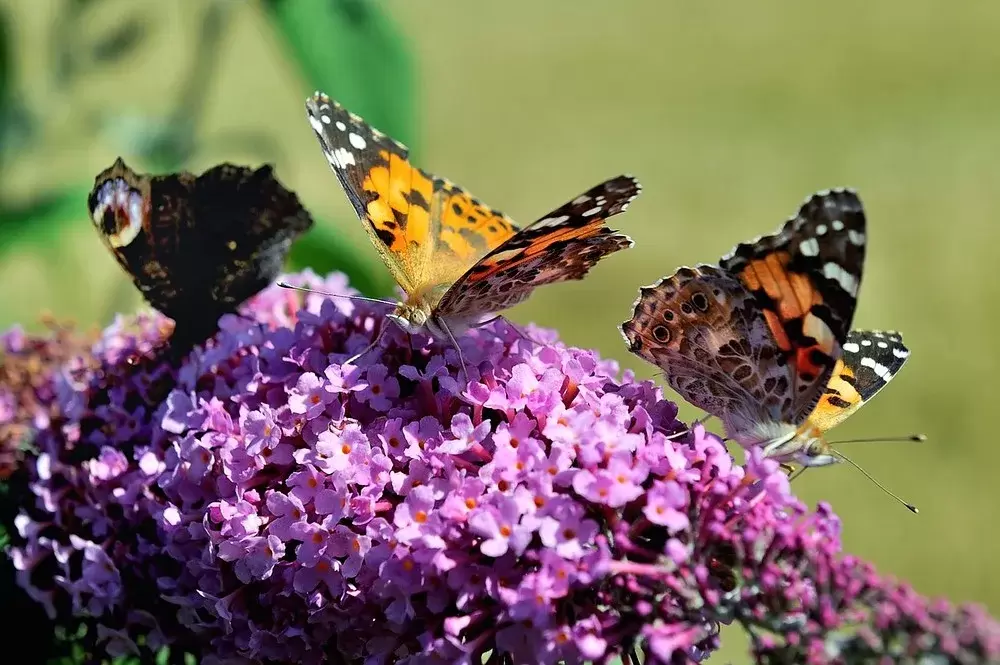



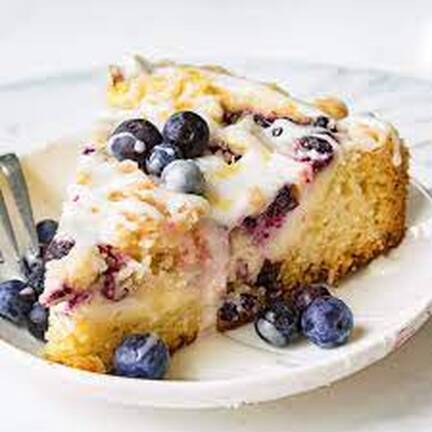
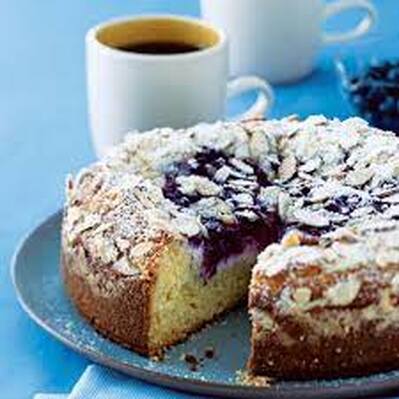


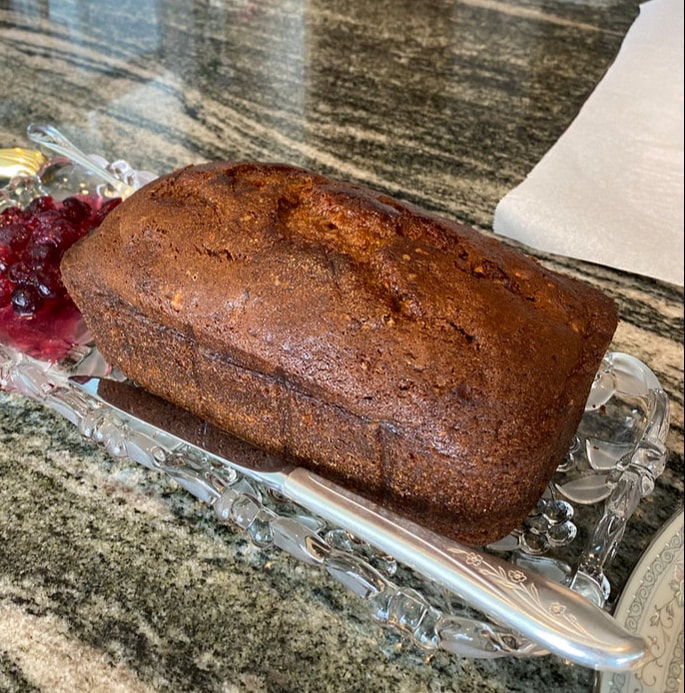




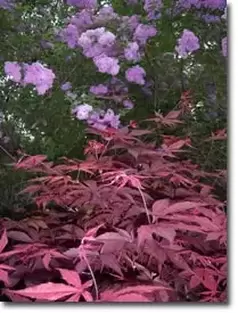
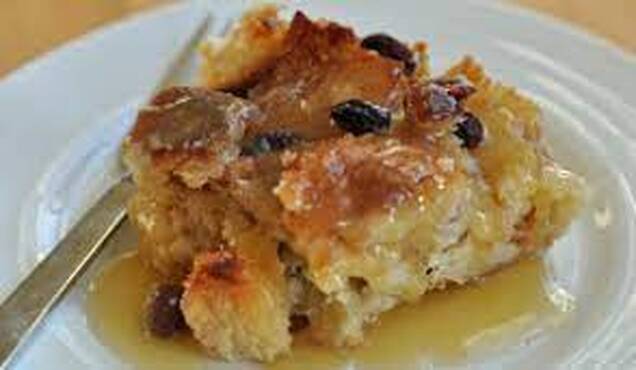
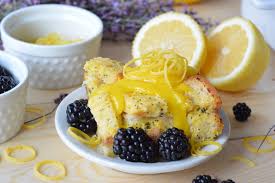
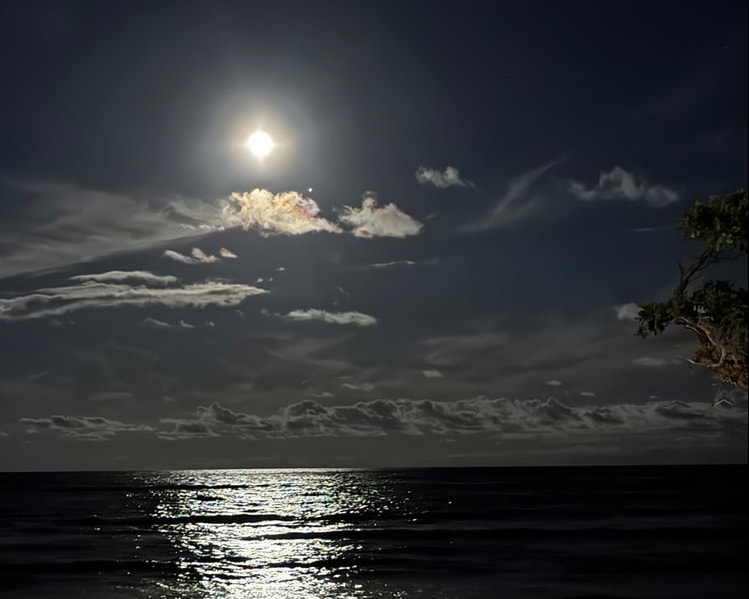
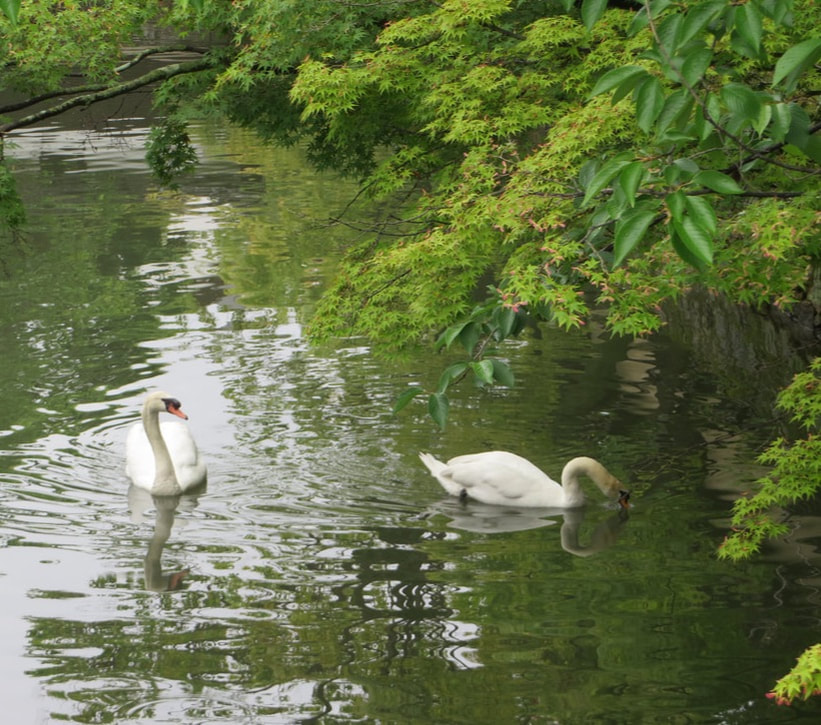
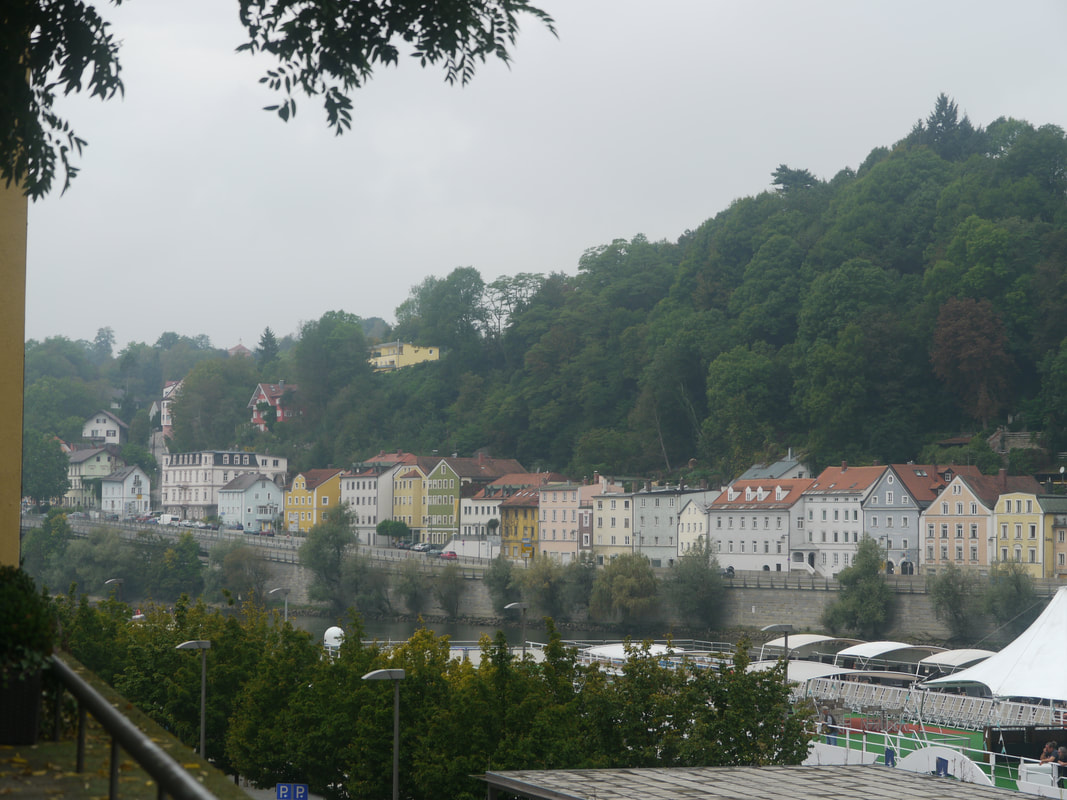
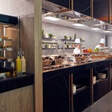
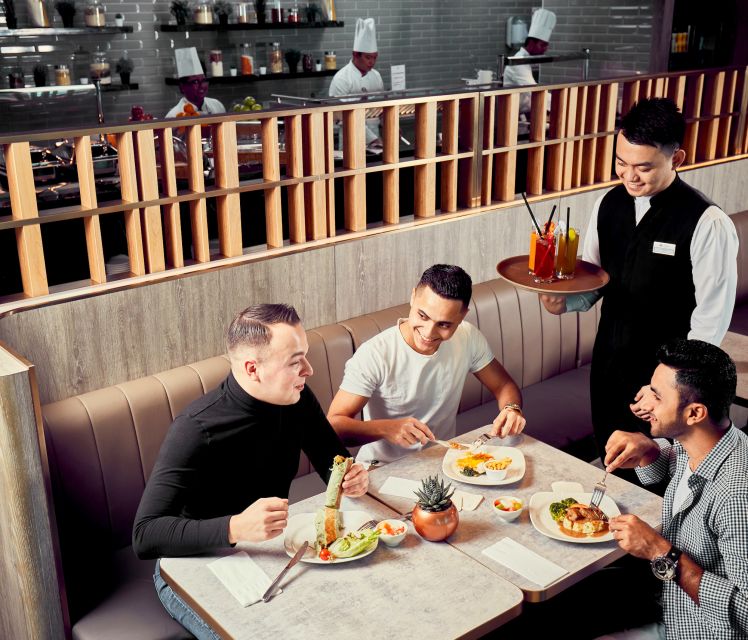

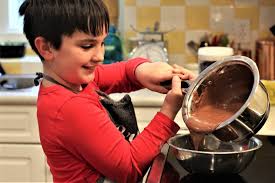
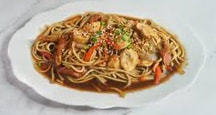

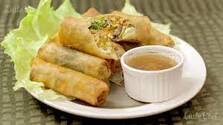
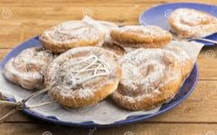
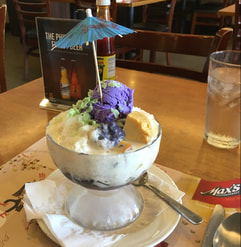
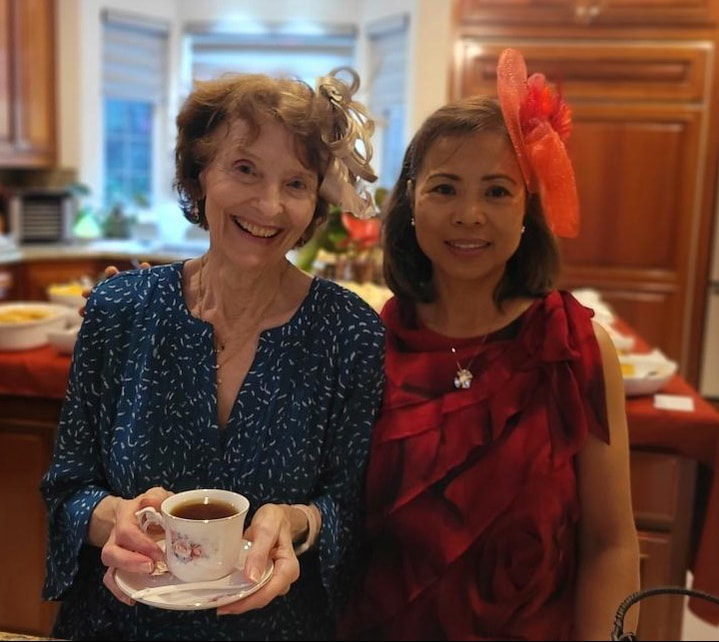
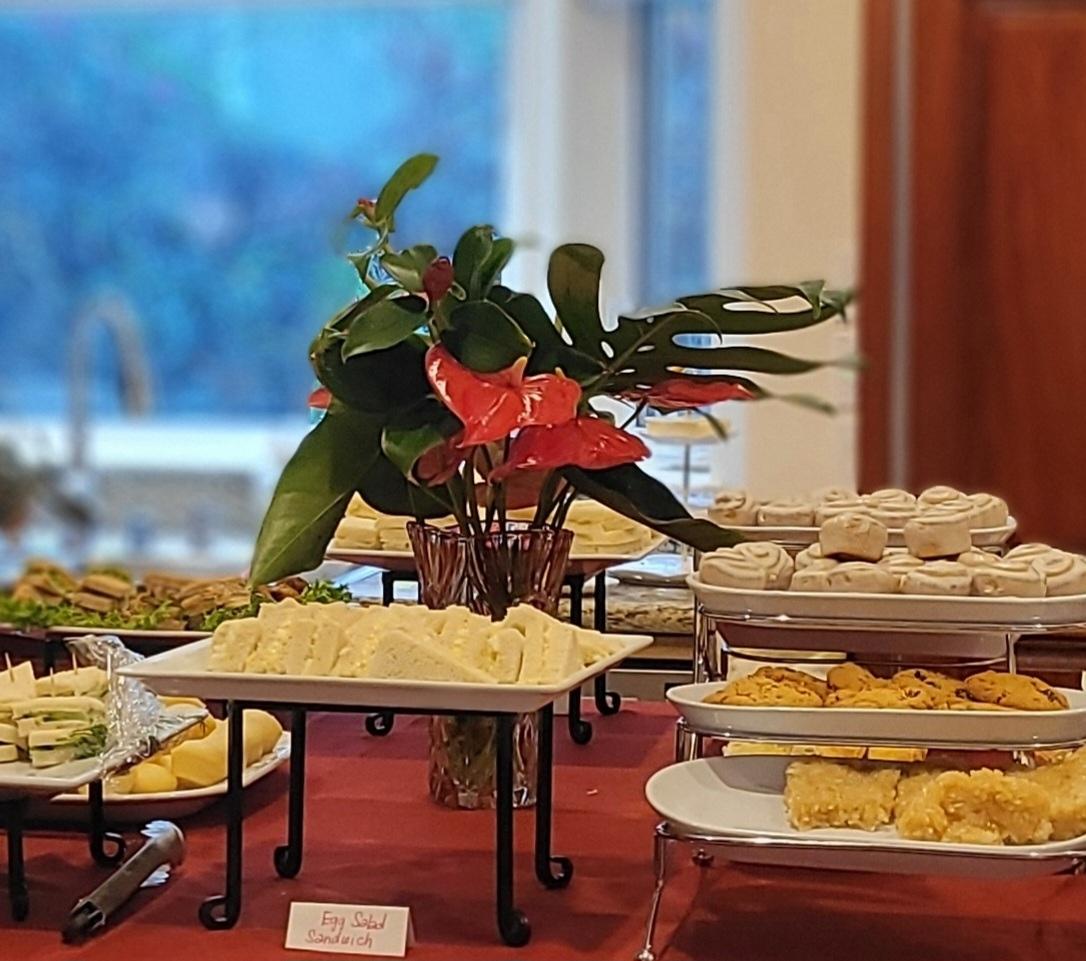

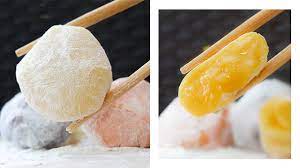

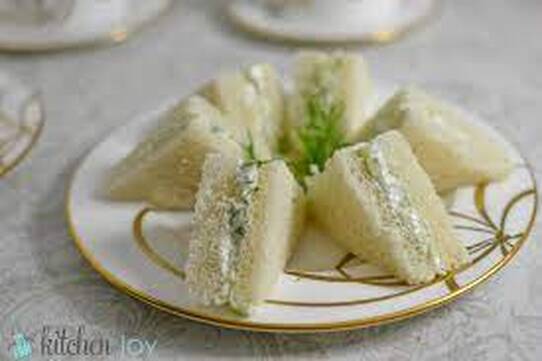
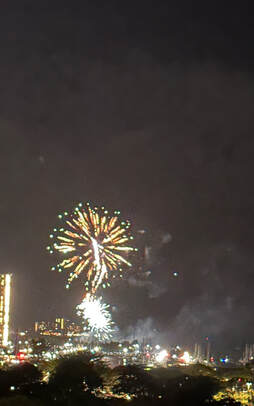


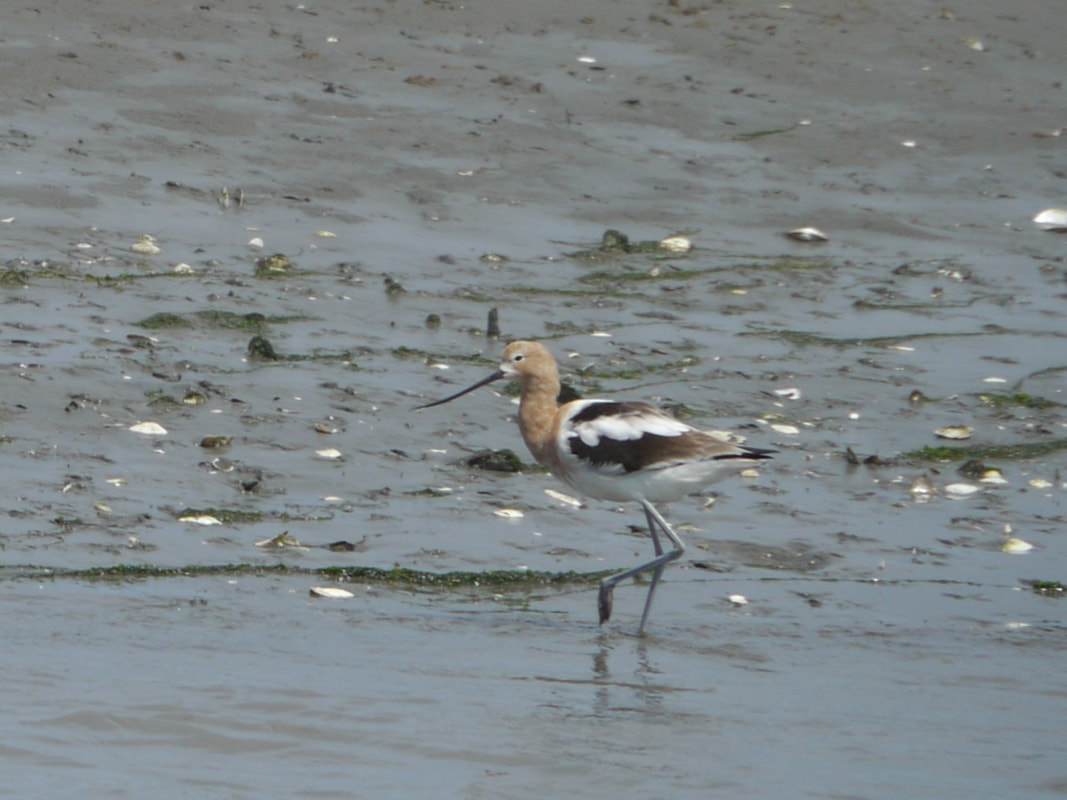

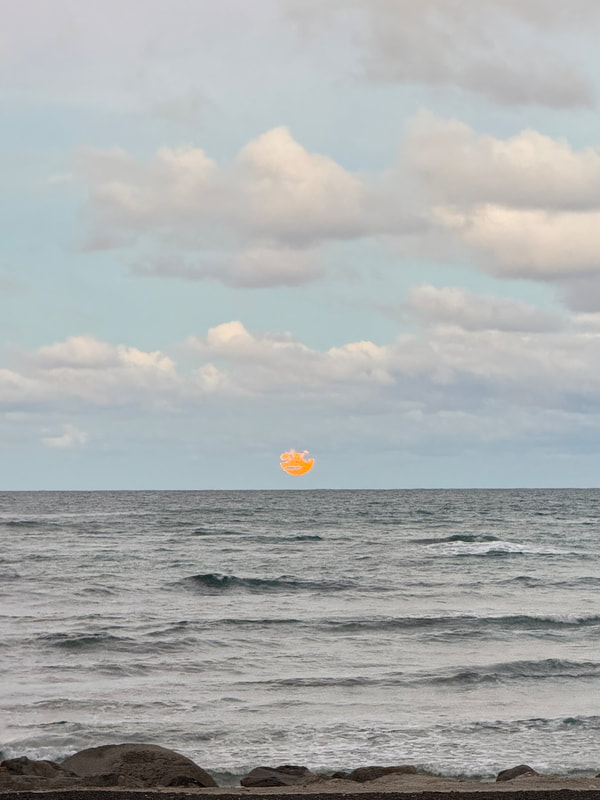

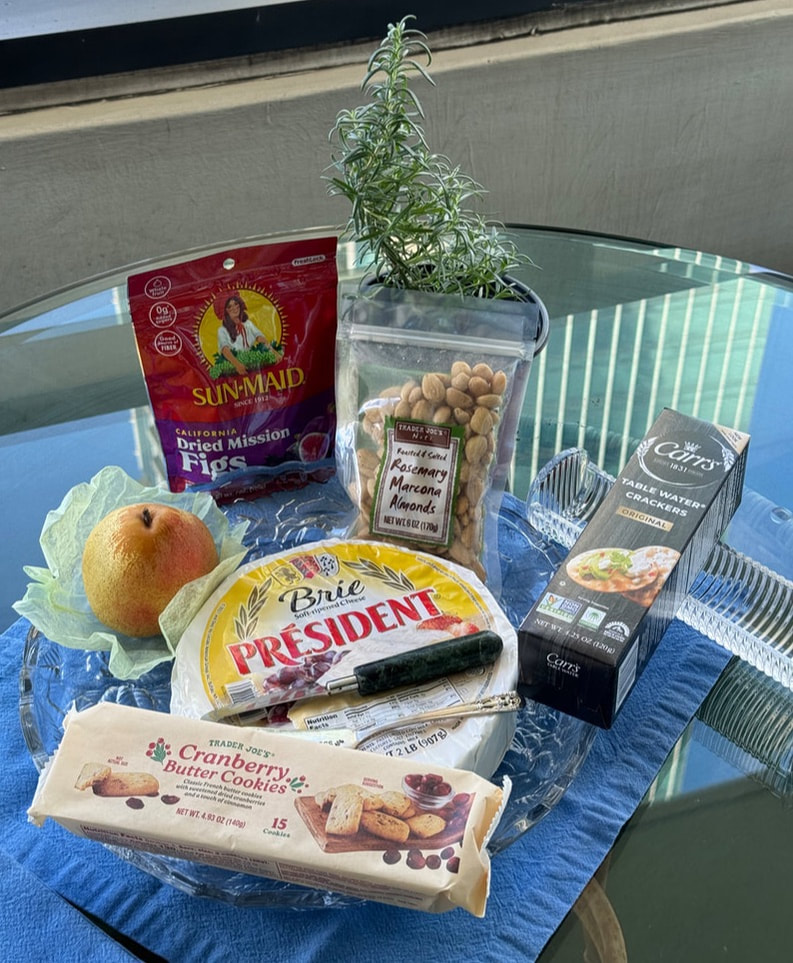
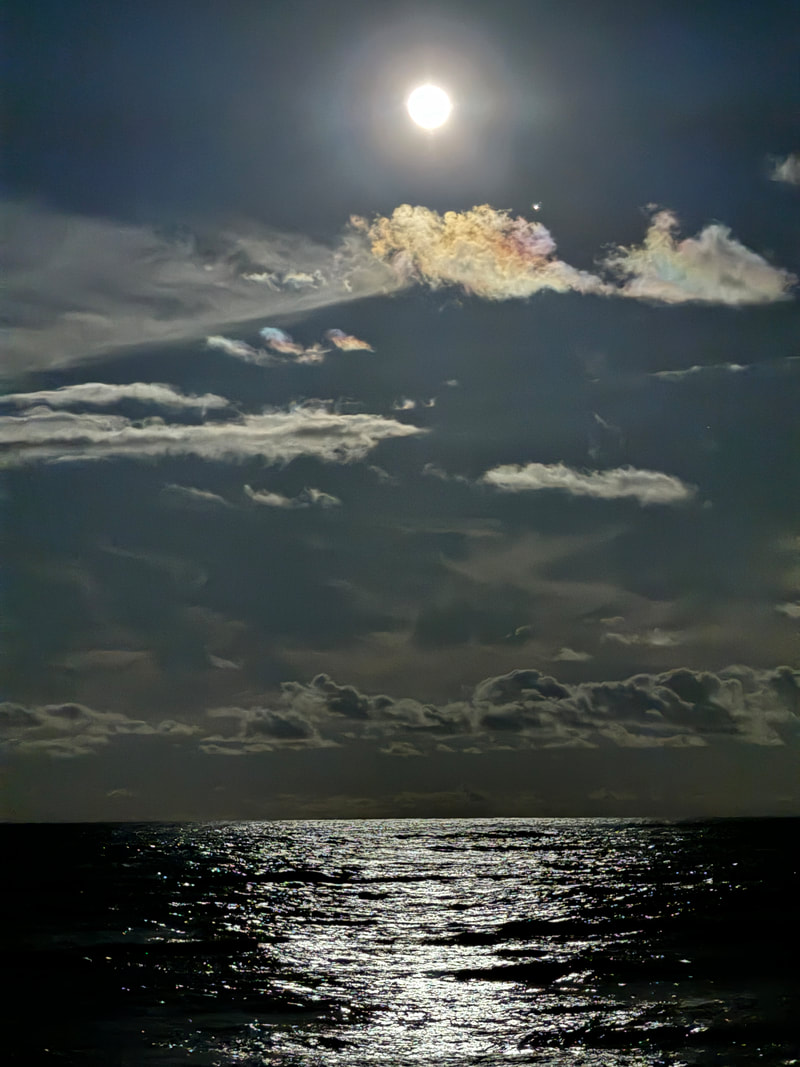
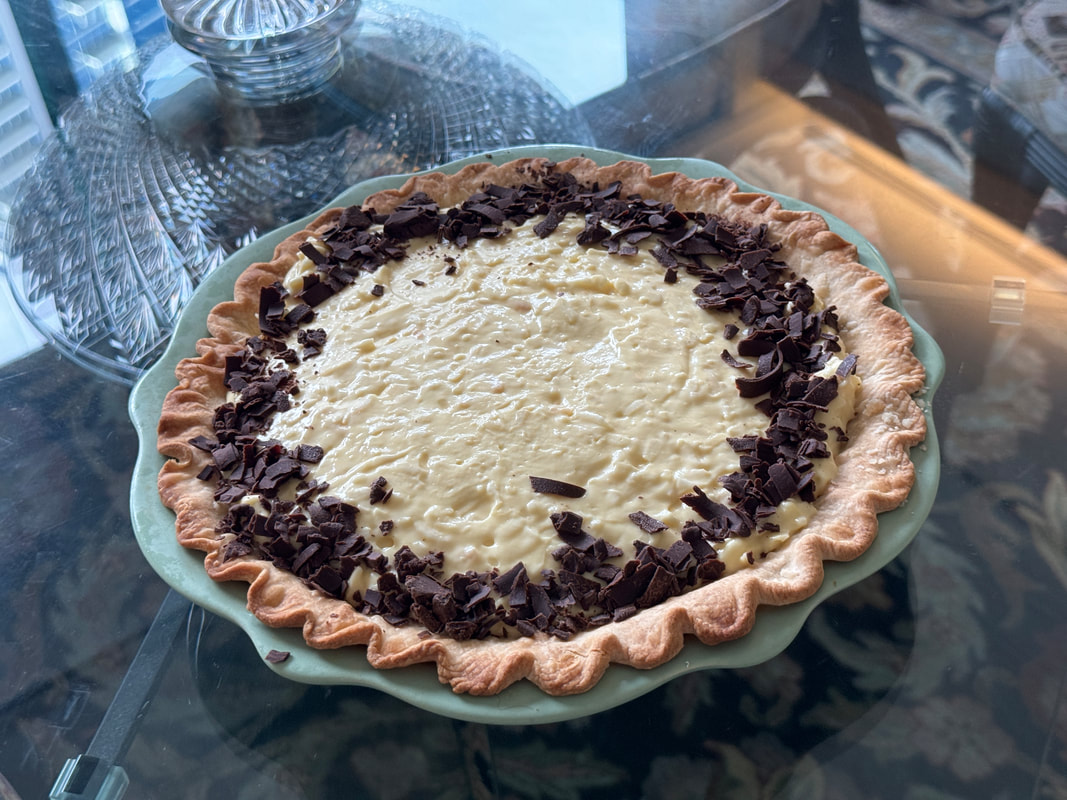

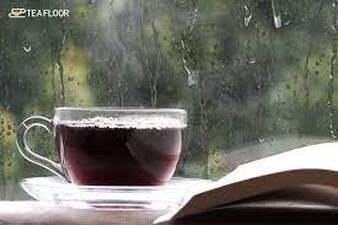

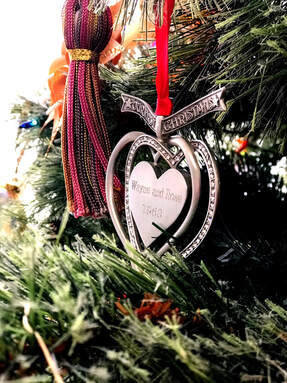
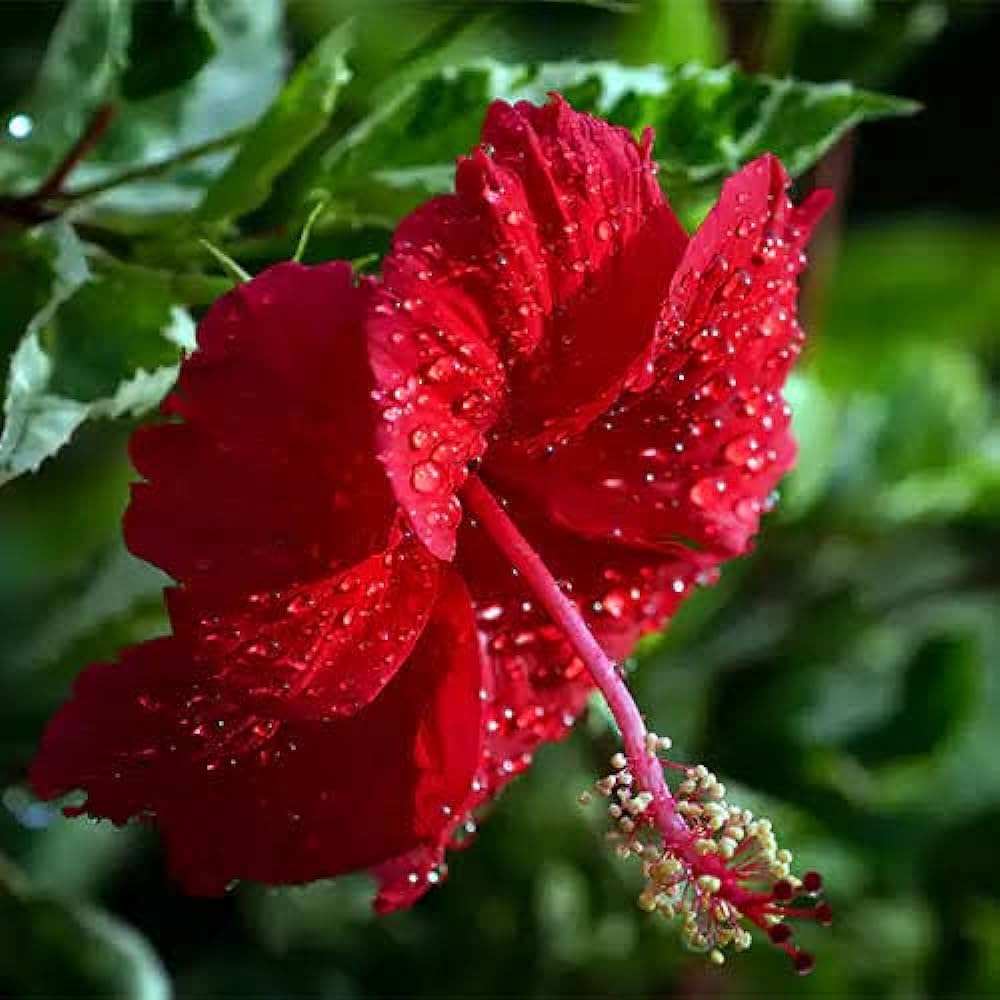
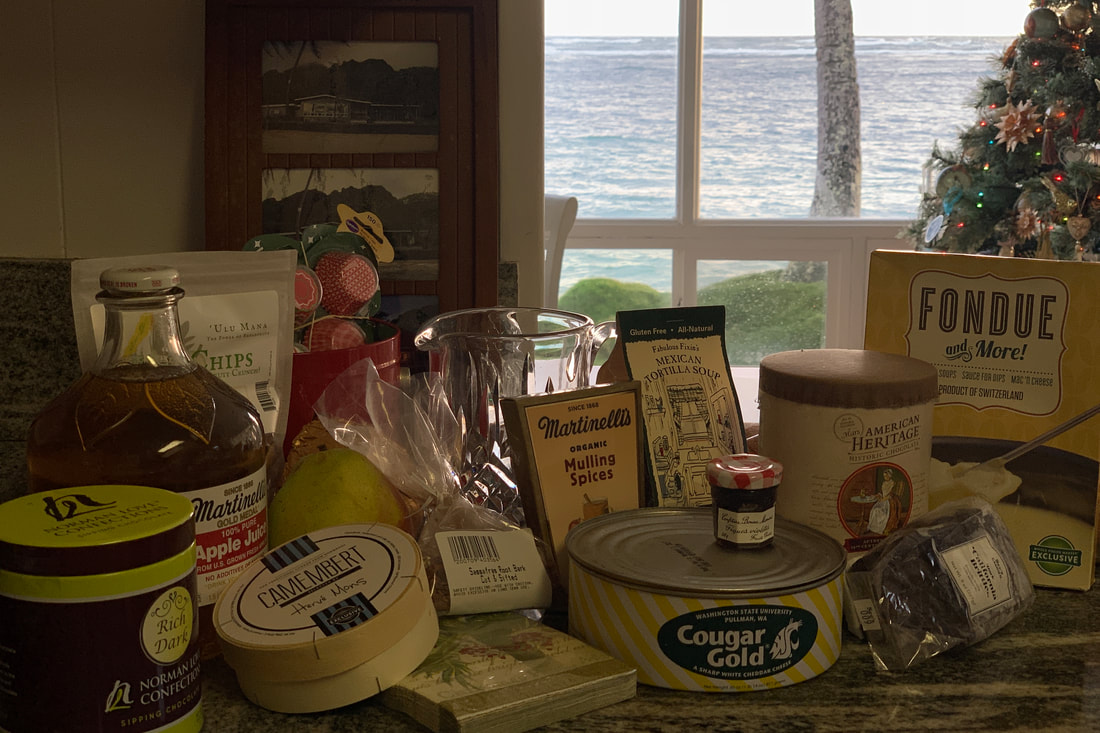
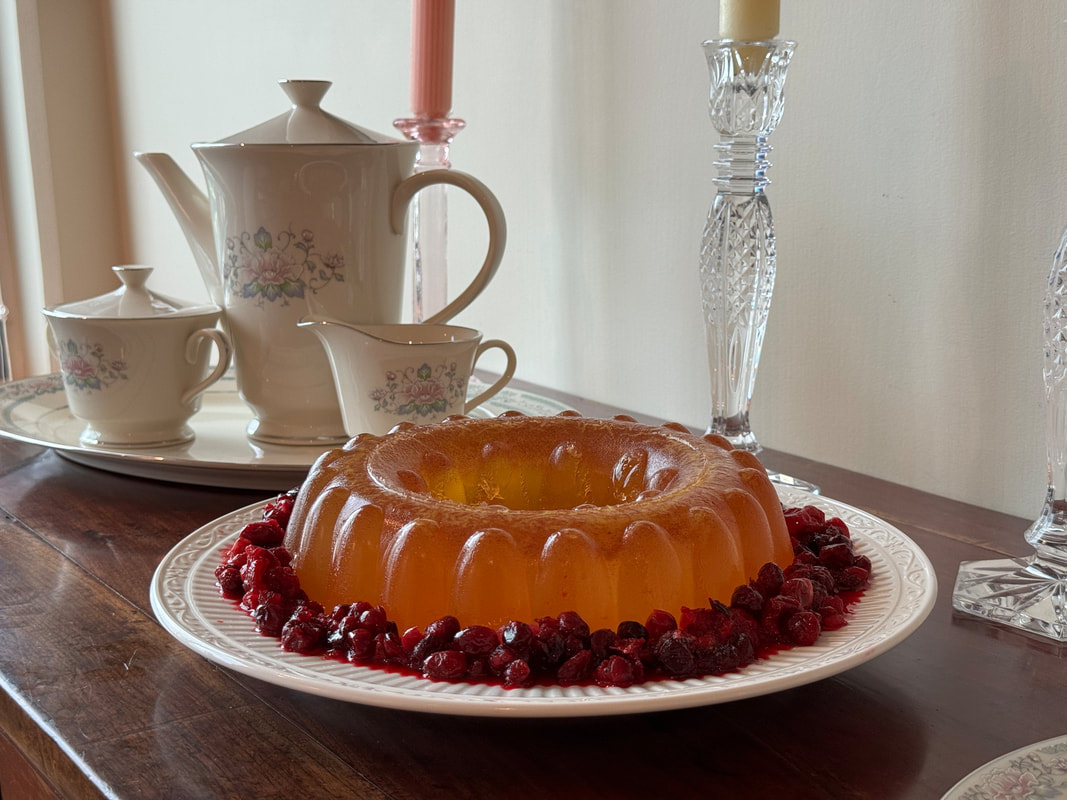
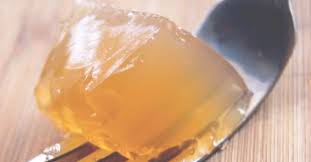
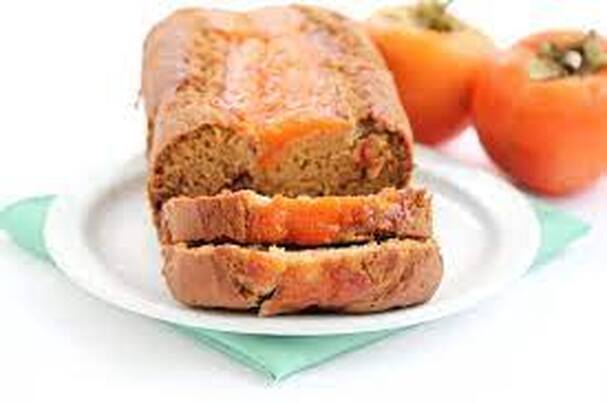

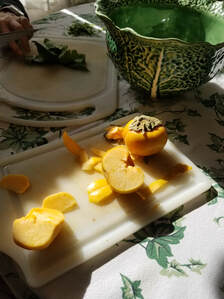


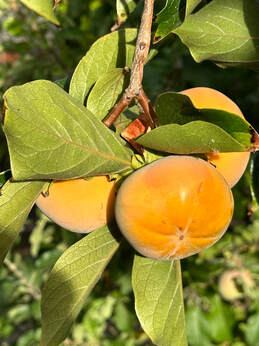
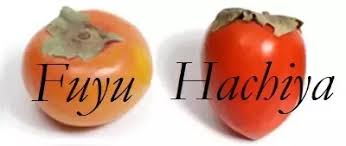
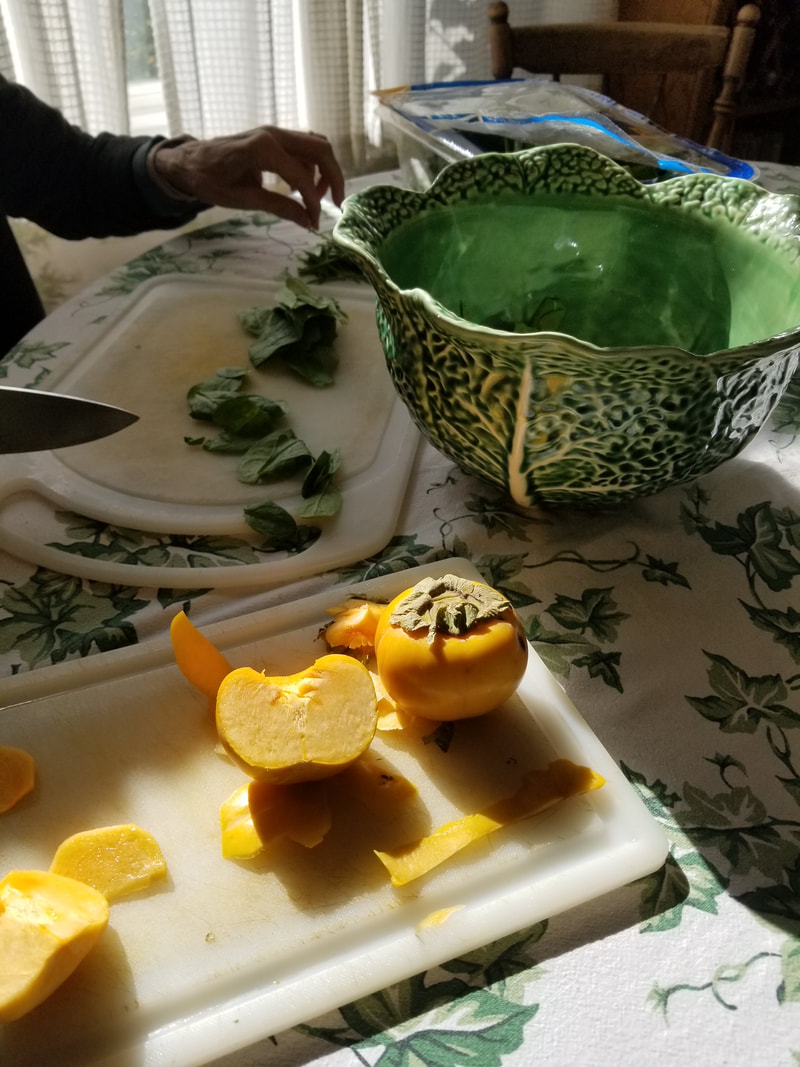
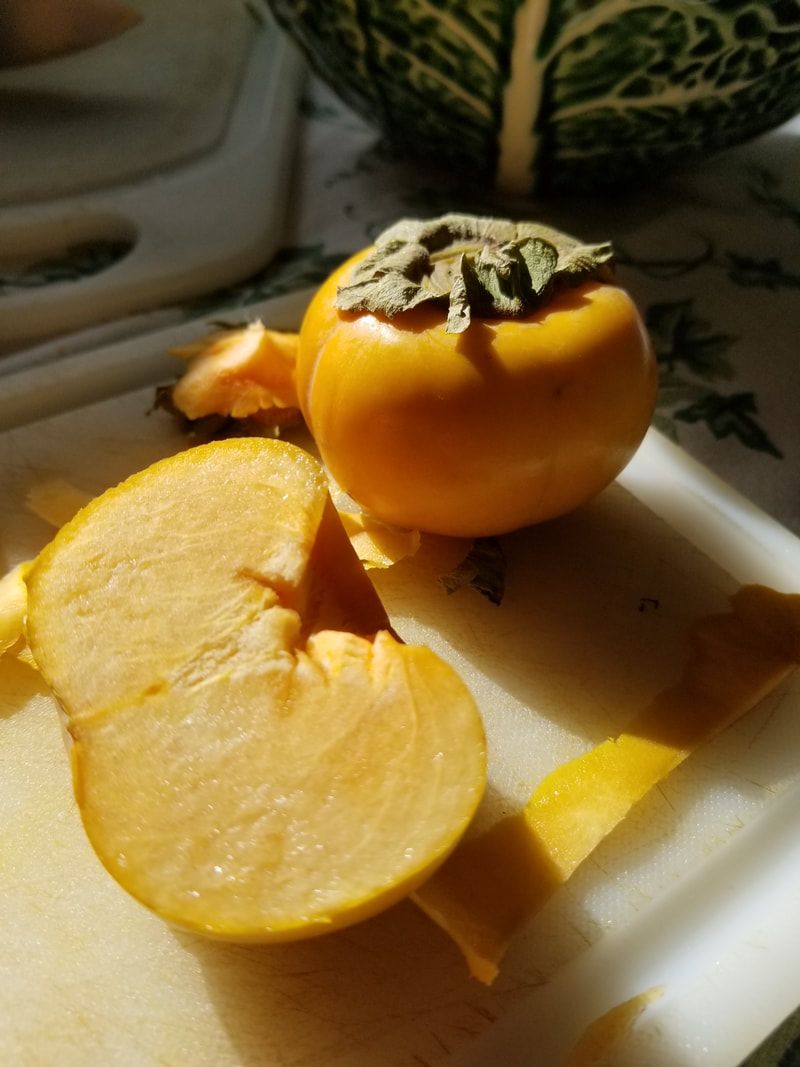

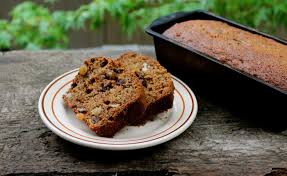
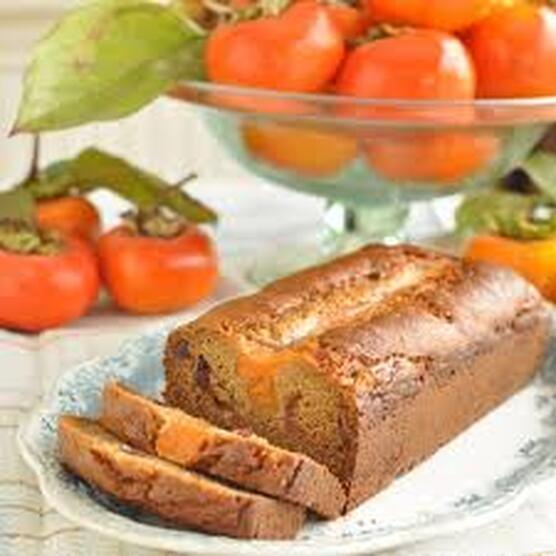
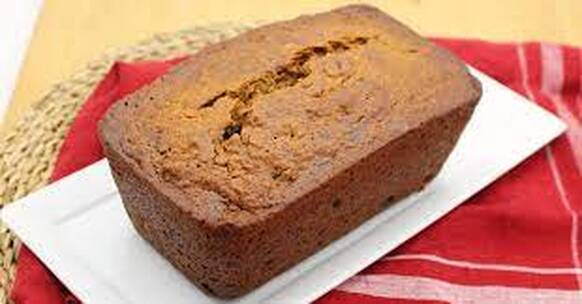






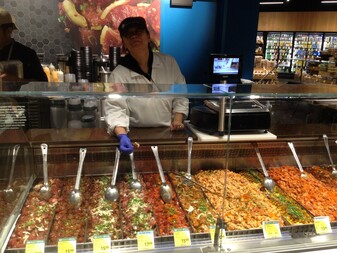

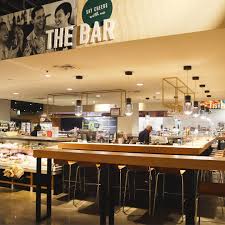

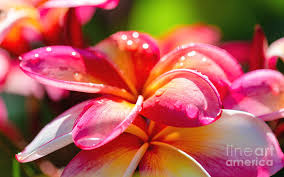


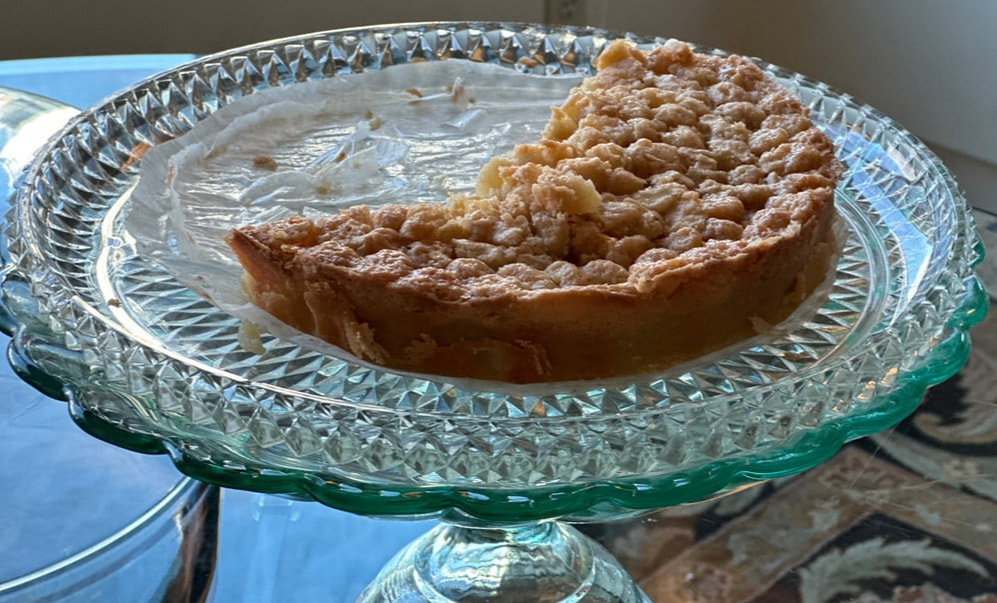
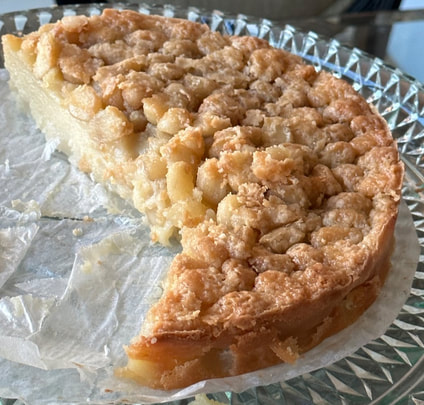
 RSS Feed
RSS Feed